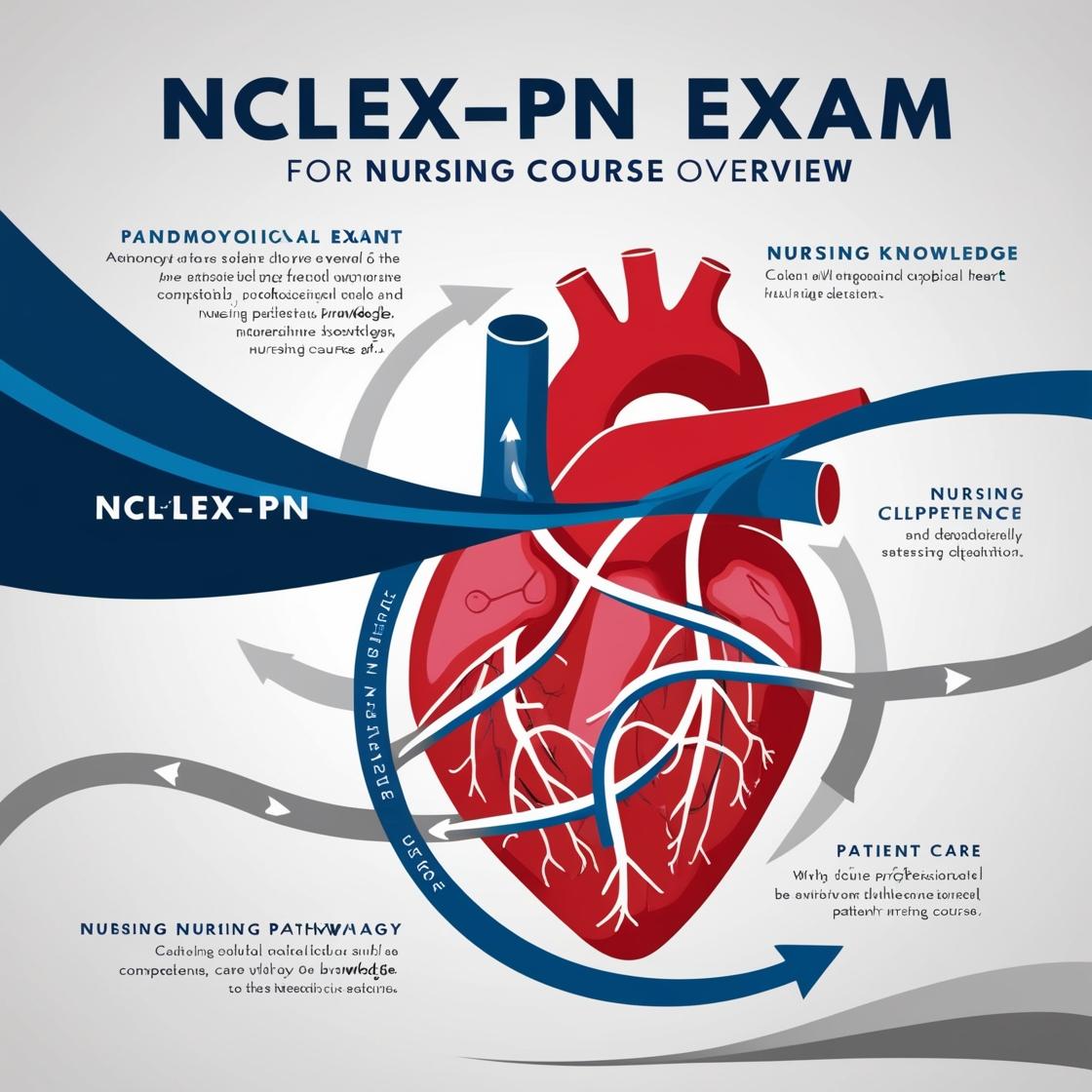NCLEX-PN
Nclex Exam Cram Practice Questions
1. What is the most likely reason for a hospitalized adult client who routinely works from midnight until 8 a.m. to have a temperature of 99.1�F at 4 a.m.?
- A. delta sleep
- B. slow brain waves
- C. pneumonia
- D. circadian rhythm
Correct answer: D
Rationale: The correct answer is 'circadian rhythm.' Circadian rhythms are biological cycles that last about 24 hours. The sleep-wake cycle is closely tied to circadian rhythms, affecting body temperature. Normally, core body temperature drops during sleep, reaching its 24-hour low around 4 a.m. In this case, the client's temperature of 99.1�F at 4 a.m. is likely due to the disruption of their circadian rhythm caused by working from midnight until 8 a.m. Choices A, B, and C are incorrect because delta sleep, slow brain waves, and pneumonia do not directly explain the temperature fluctuation based on circadian rhythm.
2. Acyclovir (Zovirax) is the agent of choice for which of the following infections?
- A. HIV
- B. AIDS
- C. candida
- D. herpes
Correct answer: D
Rationale: Acyclovir is an antiviral medication specifically effective in treating herpes infections. It works by inhibiting the replication of the herpes virus, shortening the duration of the infection. While Acyclovir can be used in HIV and AIDS patients to treat opportunistic viral infections, it is not a primary drug for managing HIV or AIDS itself. Candida is a type of fungus, and infections caused by Candida are treated with antifungal medications, not antivirals like Acyclovir. Therefore, the correct answer is herpes.
3. A client with a closed chest tube drainage system accidentally disconnects the chest tube while being turned by the nurse. What should the nurse do first?
- A. Submerge the end of the chest tube in a bottle of sterile water
- B. Clamp the chest tube with a Kelly clamp
- C. Call the health care provider
- D. Instruct the client to inhale and hold his breath
Correct answer: A
Rationale: When a chest tube becomes disconnected, the priority action is to immediately reattach it to the drainage system or submerge the end in a bottle of sterile water or saline solution to reestablish a water seal. This helps prevent air from entering the pleural space and causing complications. Calling the health care provider is important but not the first action in this emergency. Instructing the client to inhale and hold his breath should be avoided as it can introduce atmospheric air into the pleural space, leading to potential issues. Clamping the chest tube is generally contraindicated, especially in cases of residual air leak or pneumothorax, as it may result in a tension pneumothorax by preventing air from escaping.
4. What is the appropriate intervention for a client who is restrained?
- A. Remove the restraints and provide skin care every hour.
- B. Document the condition of the client's skin every 3 hours.
- C. Assess the restraint every 30 minutes
- D. Tie the restraint to the side rails.
Correct answer: C
Rationale: The correct intervention when a client is restrained is to assess the restraint every 30 minutes. This ensures the safety and well-being of the client by checking for proper fit, circulation, and signs of distress. Removing restraints and providing skin care every hour may not be necessary and could increase the risk of skin breakdown. Documenting the skin condition every 3 hours is important but not the immediate intervention needed when a client is restrained. Tying the restraint to the side rails is unsafe and can cause harm to the client, as restraints should be secured to the bed frame or an immovable part of the bed.
5. A nurse is reviewing the notes written by a nurse on a previous shift. Which note in the client's record reflects the correct use of guidelines for documentation?
- A. The client's wound is healing well.
- B. The client seems anxious.
- C. The client's intake was 360 mL
- D. The client is voiding large amounts
Correct answer: C
Rationale: Quality documentation and reporting require information to be factual, accurate, complete, current, and organized. Choice C, 'The client's intake was 360 mL,' reflects the correct use of guidelines for documentation as it provides a specific and measurable observation. This note meets the criteria for quality documentation by being specific and quantifiable. Choices A, B, and D lack specificity and quantifiability. Choice A includes a subjective term 'well,' choice B uses 'seems' indicating uncertainty, and choice D uses a vague term 'large' without quantifying the amount.
Similar Questions

Access More Features
NCLEX PN Basic
$69.99/ 30 days
- 5,000 Questions with answers
- Comprehensive NCLEX coverage
- 30 days access @ $69.99
NCLEX PN Premium
$149.99/ 90 days
- 5,000 Questions with answers
- Comprehensive NCLEX coverage
- 30 days access @ $149.99
